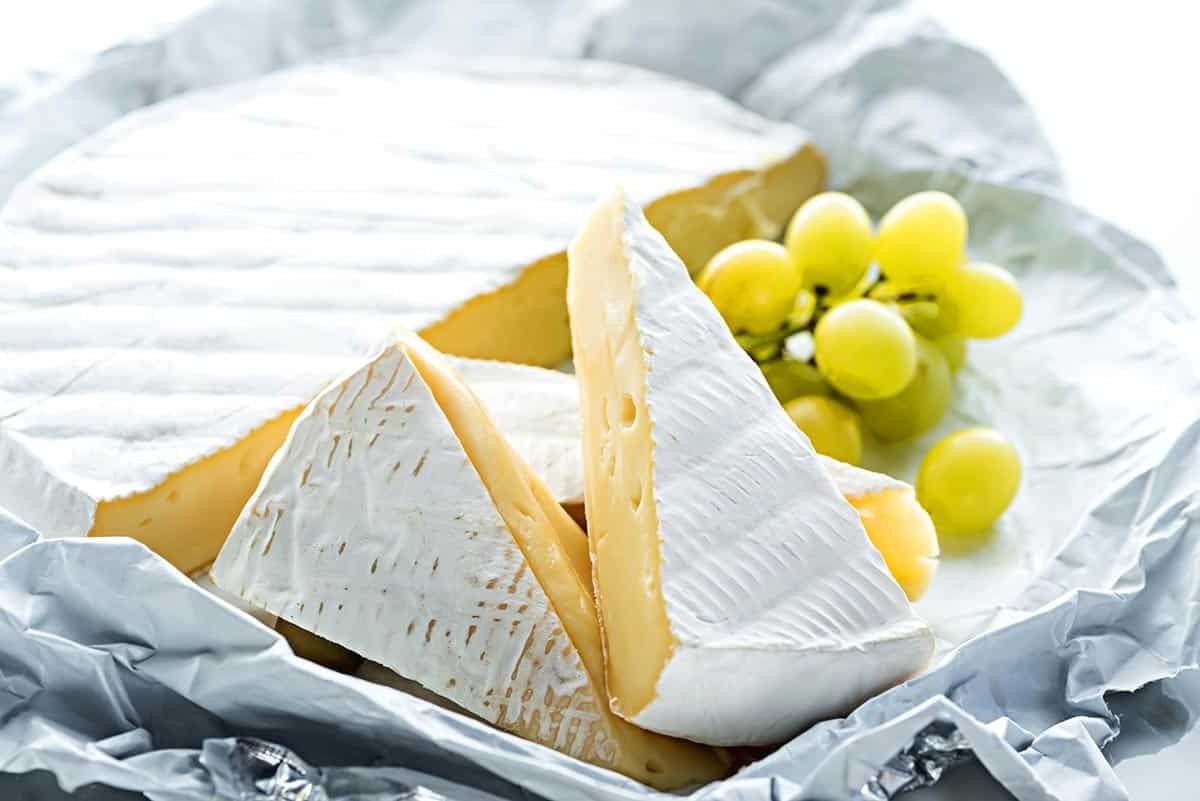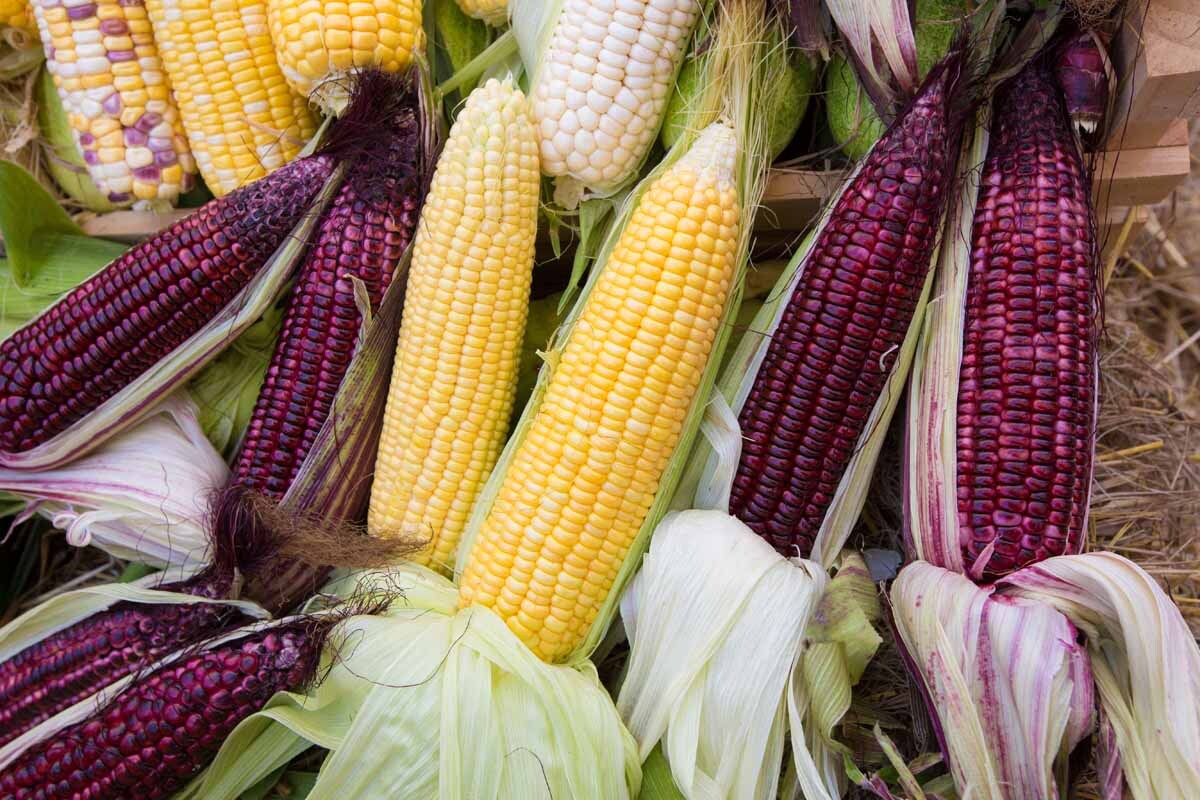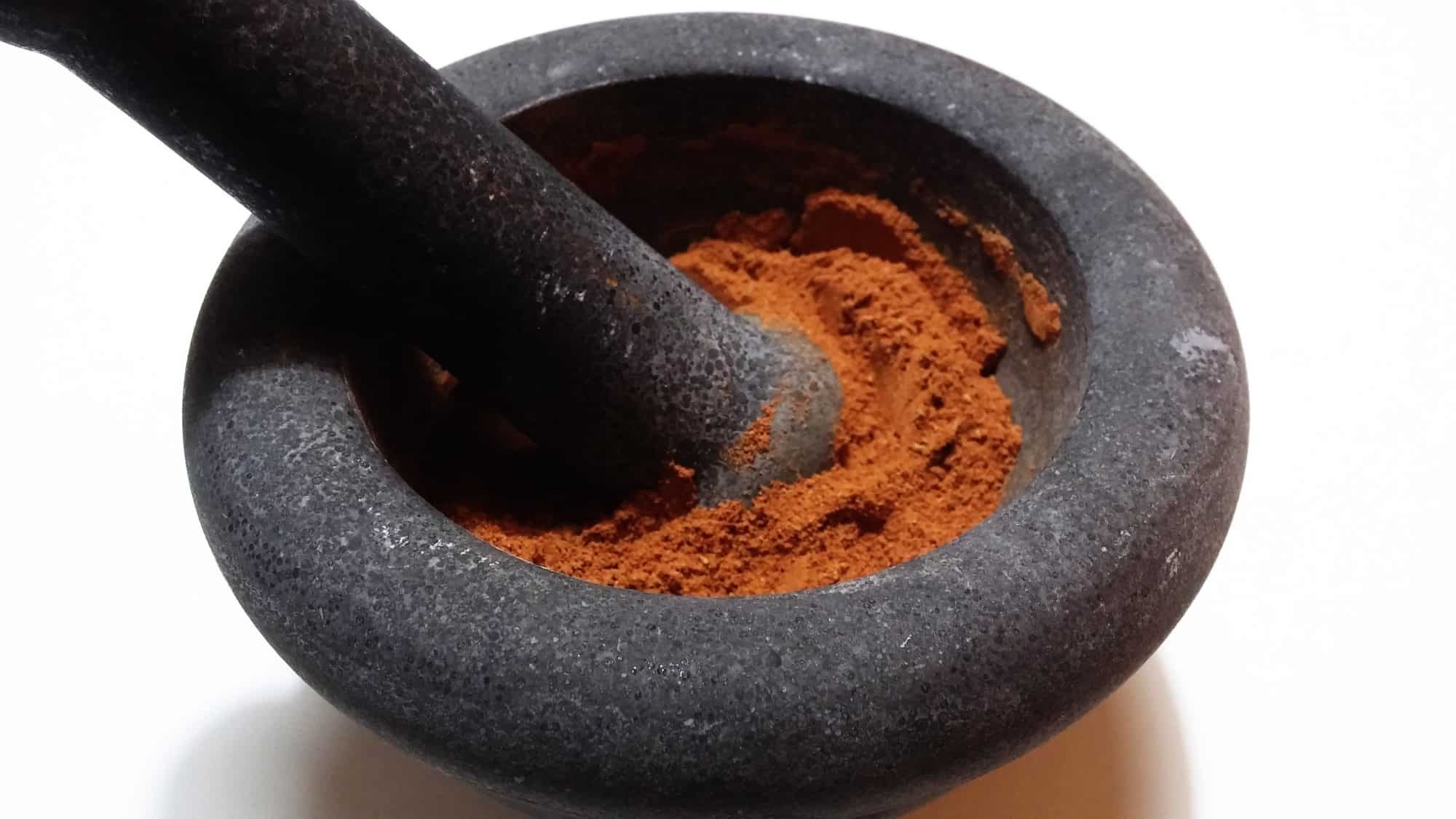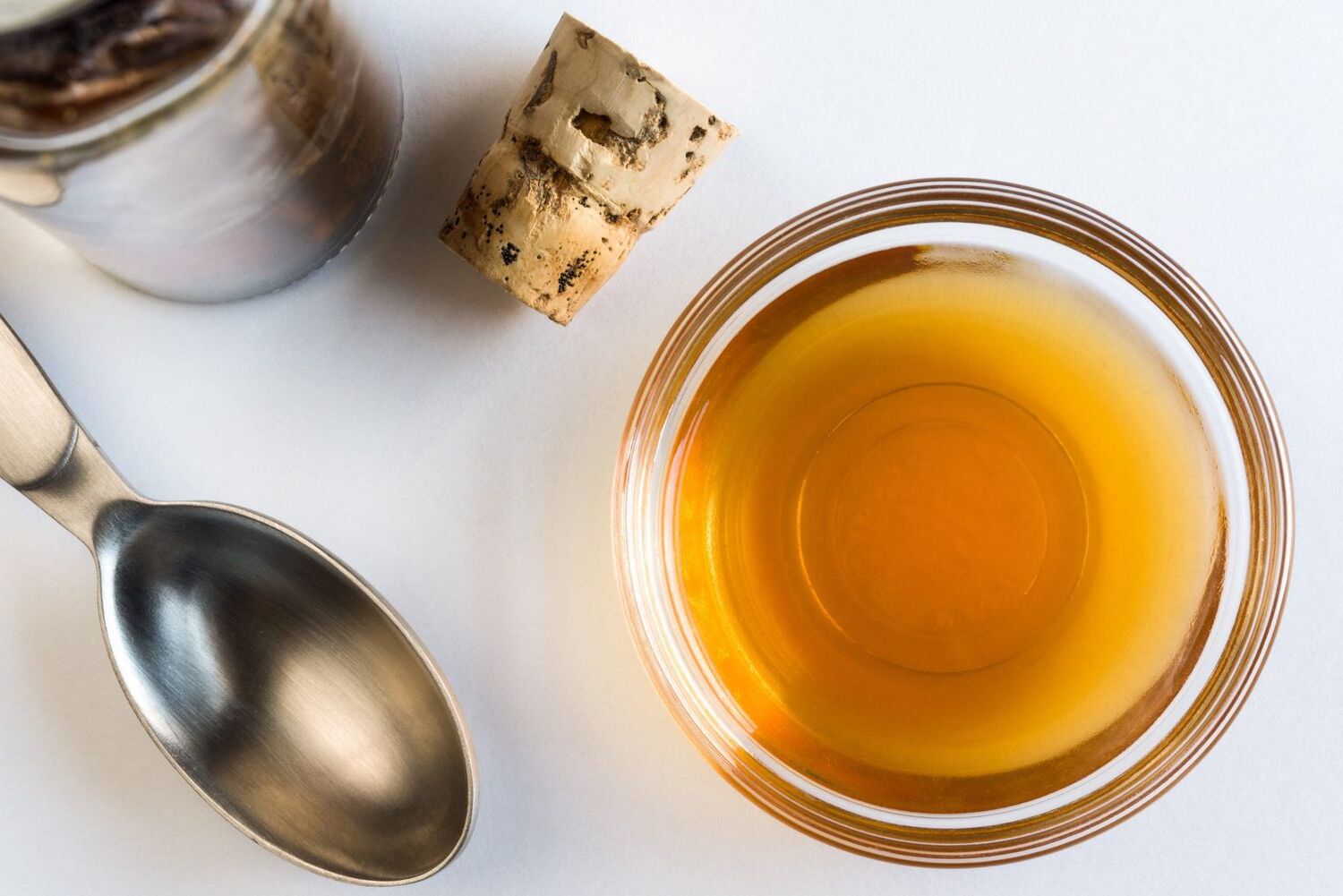The Delicious Debate: Savory vs. Sweet
Food is a universal language that speaks to our taste buds in different ways. When it comes to flavors, two categories stand out: savory and sweet. Each has its own unique characteristics that cater to different preferences and occasions. Let’s delve into the delightful world of savory and sweet to understand their differences and how they contribute to our culinary experiences.
Savory: A Symphony of Umami
Savory flavors are often described as rich, full-bodied, and satisfying. They encompass a wide range of tastes, including salty, earthy, and sometimes bitter notes. The key to savory dishes lies in the depth of flavors and the complexity they offer. Here are some defining features of savory foods:
- Umami Goodness: Savory dishes often contain umami, the fifth taste that brings depth and savoriness to the palate. Ingredients like mushrooms, tomatoes, and soy sauce are known for their umami-rich profiles.
- Protein Power: Many savory dishes feature protein as a star component. From succulent roasted meats to hearty stews, protein-packed foods often fall into the savory category.
- Herbal Infusions: Fresh herbs and spices play a crucial role in savory cooking, adding layers of complexity and aroma to dishes.
Sweet: A Symphony of Indulgence
On the other end of the spectrum, we have the delightful world of sweet flavors. Sweetness is often associated with comfort, joy, and indulgence. From decadent desserts to fruity delights, sweet foods offer a wide array of sensory pleasures. Here’s what sets sweet flavors apart:
- Natural Sweetness: Fruits, honey, and maple syrup are some examples of naturally sweet ingredients that add a luscious touch to dishes.
- Baking Magic: The world of sweet treats is closely tied to the art of baking. Cakes, cookies, and pastries showcase the magic of sweet flavors combined with the allure of texture and aroma.
- Balancing Act: Sweet dishes often play with the delicate balance of sugar and other ingredients, creating harmonious symphonies of taste and texture.
Choosing Between Savory and Sweet
When it comes to deciding between savory and sweet, it often boils down to personal preferences and the occasion at hand. Here are some considerations to keep in mind:
- Comfort vs. Adventure: Sweet flavors are often associated with comfort and indulgence, while savory dishes can offer a sense of adventure and culinary exploration.
- Meal Course: Traditionally, savory flavors dominate main courses and appetizers, while sweet flavors shine in desserts and snacks.
- Balance and Contrast: Combining savory and sweet elements in a dish can create a delightful contrast that tantalizes the taste buds and offers a well-rounded dining experience.
Ultimately, the difference between savory and sweet lies in their distinct flavor profiles and the emotions they evoke. Whether you’re savoring a hearty stew on a chilly evening or indulging in a decadent slice of cake, both savory and sweet flavors have a special place in the world of food.
So, the next time you’re pondering the age-old question of savory vs. sweet, remember that both have their own unique charms and contribute to the rich tapestry of culinary delights.
Was this page helpful?
Read Next: What Is A Substitute For Garlic Salt?











